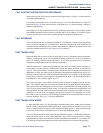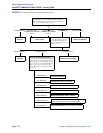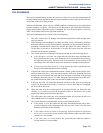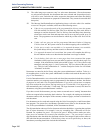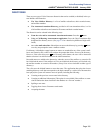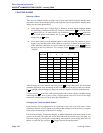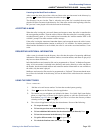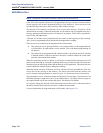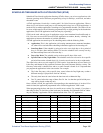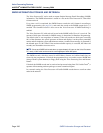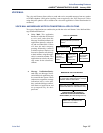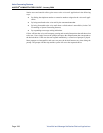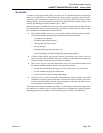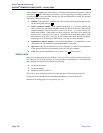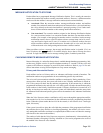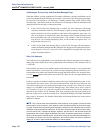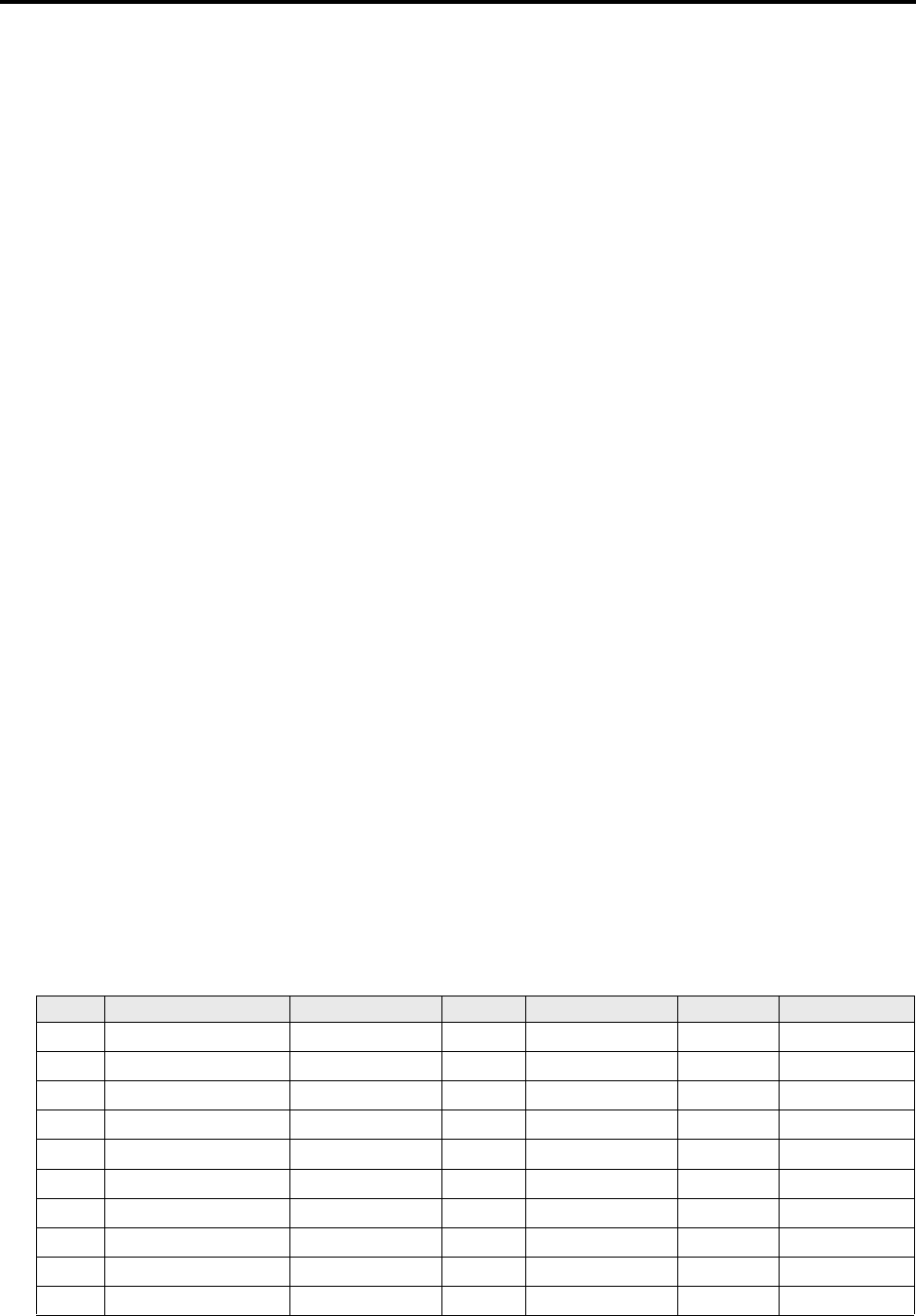
Page 285
Voice Processing Features
AXXESS
®
ADMINISTRATOR’S GUIDE – January 2004
Scheduled Time-Based Application Routing (STAR)
SCHEDULED TIME-BASED APPLICATION ROUTING (STAR)
Scheduled Time-Based Application Routing (STAR) allows you to have applications with
alternate greetings and/or different programming set up for holidays, weekends, and other
scheduled events.
A STAR application is basically a “routing table” for Voice Processor applications. When a
direct ring-in call (from a trunk group or call routing table) rings in to a STAR application, it
sends the call to another application, according to its programmed schedule. The caller will not
be aware of this transfer, but will hear the programmed day or night greeting for the destination
application. (The STAR application itself does not play a greeting.)
STAR can be used with any type of application except Auto Attendant Recall and Record-A-
Call. You can even send calls from one STAR application to another, thereby “chaining” the
applications to increase the number of available schedules.
A STAR application can contain up to 20 scheduling entries with the following fields:
• Application: This is the application (call routing announcement, automated attendant,
etc.) that will be used when the scheduling information applies to the incoming call.
• Start/Stop Date: If the schedule is going to be active on a single day or for a period of
days, it will have Start and Stop Dates. (To have the schedule active on only one day,
the Start and Stop Dates can be the same day.)
• Days of the Week: The schedule can be used on specific days of the week.
• Specific Times or Day/Night Mode: The schedule can be set to be active for a specific
period of time on the selected day(s). Or, it can be set to be active in day or night mode.
The chart below shows several samples of STAR entries. Note that there are two entries for
Labor Day and Memorial Day, and that Christmas Day and Christmas Holiday overlap. The
first entry in the table is checked first, and so on, until a match is found. So it is important that
you program the applications in the correct order. For example:
• The Labor Day entry, with a specific time, comes before the Day/Night entry so that a
different message is played from 10:00 to 2:00 only.
• The early time intervals come before the later intervals on Memorial Day.
• Dec 25 comes before the range of dates Dec 24- Jan 4 so that the special holiday mes-
sage will be played on that day only.
Once a match is found, the application corresponding to the matched entry is invoked. If no
match is found, the application programmed in the “Default Application” field is used.
When programming the days and times, be careful not to overlap. For example, if you place a
date entry for Dec. 25 after a day of the week entry for Monday, and Christmas falls on a Mon-
day, the “Monday” application will be selected instead of the “Dec. 25” application.
ENTRY DESCRIPTION DATE DAY TIME INTERVAL DAY/NIGHT APPLICATION
1 Labor Day Sep 1 10:00am-2:00pm 2600
2 Labor Day Sep 1 Both 2601
3 Memorial Day May 30 8:00am-5:00pm 2605
4 Memorial Day May 30 5:00pm-8:00am 2606
5 Christmas Day Dec 25 Both 2607
6 Christmas Holiday Dec 24 - Jan 2 Both 2608
7 Weekends Sat, Sun Both 2612
8 Lunch Break M - F 11:00am- 1:00pm 2613
9 Night Shift M - F Night 2614
10 Day Shift M - F Day 2615



